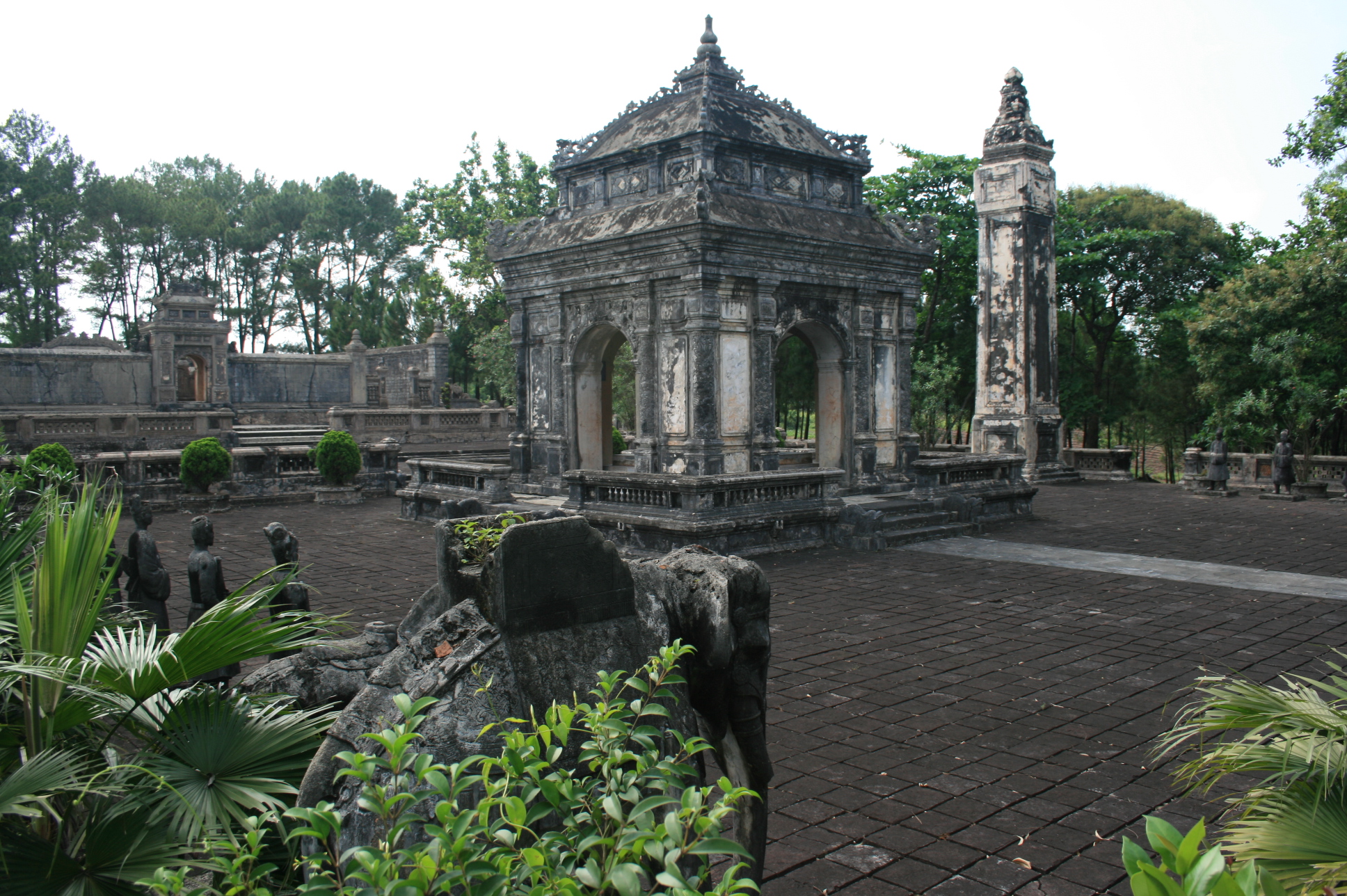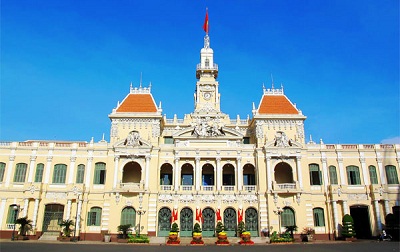- Vietnam Culture
- Vietnam – a perfect country
- The tranquil beauty of Pho
- Geology Museum on Ha Long
- Ha Noi gets the best
- Len Dong: an ancient shaman
- 100 Essential Vietnamese Words for
- Vietnamese Writing
- Vietnamese Langguage
- OX racing festival
- Vietnam National Day
- Vietnam New Year – The
- Perfume Pagoda festival
- Mid-Autumn Festival in Vietnam
- Hung king festival
- Vietnamese Ca tru
- Vietnamese Kites — History and
- Vietnamese Lanterns — What They
- Vietnamese Embroidery
- Vietnam is a culturally diverse
Overview of 4,000 Years of Vietnamese History
Vietnam, a country with a rich and tumultuous history, boasts a civilization that stretches back more than 4,000 years. This long journey reflects the resilience and cultural identity of the Vietnamese people, shaped by periods of independence, foreign domination, and national unification. Here is a concise overview of Vietnam’s fascinating historical journey.
1. The Mythical Origins (2879–258 BCE)
Vietnamese history begins with the legendary Hong Bang dynasty, founded by King Kinh Dương Vương. According to myths, the Hung Kings ruled the Văn Lang kingdom, considered the cradle of Vietnamese civilization. This era is celebrated annually during the Hung Kings’ Festival, emphasizing Vietnam’s deep-rooted cultural heritage.
2. The Au Lac and Nam Viet Periods (258 BCE–111 BCE)
The state of Au Lac emerged in the 3rd century BCE under King An Dương Vương. However, it fell to the expansionist Nam Viet kingdom led by Zhao Tuo, marking the beginning of external influences on Vietnamese governance. During this time, elements of Chinese culture began to mix with indigenous traditions.
3. Over 1,000 Years of Chinese Domination (111 BCE–938 CE)
Vietnam endured over a millennium of Chinese rule, starting with the Han dynasty’s conquest in 111 BCE. During this period, the region known as Giao Chỉ became deeply influenced by Chinese administration, Confucian ideology, and technological advancements. Despite this domination, the Vietnamese people repeatedly rose in rebellion, preserving their cultural identity.
Notable revolts include the heroic uprising of the Trưng Sisters (40–43 CE) and the later efforts of Lady Triệu in 248 CE. These events symbolized the enduring spirit of resistance against foreign rule.
4. The Independent Dynasties (938–1858)
Vietnam regained independence in 938 CE following General Ngô Quyền’s decisive victory over the Southern Han forces at the Battle of Bạch Đằng River. This victory marked the beginning of Vietnam’s feudal period, dominated by native dynasties such as:
- Ngô, Đinh, and Early Lê Dynasties (939–1009): A formative period establishing Vietnam as an independent nation.
- Ly and Tran Dynasties (1009–1400): A golden age of cultural, military, and economic development. The Tran dynasty notably repelled Mongol invasions three times during the 13th century.
- Later Le Dynasty (1428–1789): This era saw Vietnam’s territorial expansion to the south, known as the Nam Tiến, and a flourishing of Confucian scholarship.
However, Vietnam also experienced internal conflicts, such as the rivalry between the Trinh and Nguyen families, leading to periods of division.
5. The French Colonial Era (1858–1945)
In 1858, French forces attacked Vietnam, initiating nearly a century of colonial rule. By 1887, Vietnam became part of French Indochina. This period brought significant changes, including the introduction of Western education, infrastructure, and governance, but also deep exploitation of the local population.
Resistance to colonial rule persisted, culminating in the rise of nationalist movements. Figures like Phan Bội Châu and Ho Chi Minh emerged as key leaders advocating for independence.
6. The Struggle for Independence (1945–1954)
After Japan’s surrender in World War II, Ho Chi Minh declared Vietnam’s independence on September 2, 1945. However, France sought to reassert control, leading to the First Indochina War (1946–1954). The war ended with the decisive Vietnamese victory at Điện Biên Phủ, leading to the 1954 Geneva Accords, which temporarily divided Vietnam at the 17th parallel.
7. The Vietnam War (1955–1975)
The Cold War era saw Vietnam divided into communist North Vietnam and anti-communist South Vietnam. The Vietnam War, marked by intense combat and international involvement, was a pivotal conflict. The war ended in 1975 with the fall of Saigon, reunifying the country under communist rule.
8. Reunification and Modernization (1975–Present)
Post-war Vietnam faced significant challenges, including economic hardship and international isolation. In 1986, the Đổi Mới (Renovation) reforms introduced market-oriented policies, leading to rapid economic growth and improved living standards. Vietnam has since emerged as a dynamic and integrated member of the global community.
Conclusion
Vietnam’s 4,000-year history is a story of resilience, adaptability, and cultural preservation. From ancient kingdoms to modern prosperity, the Vietnamese people have endured invasions, colonialism, and war, all while maintaining a strong sense of national identity. Today, Vietnam stands as a testament to the enduring spirit of its people and the richness of its cultural heritage.














